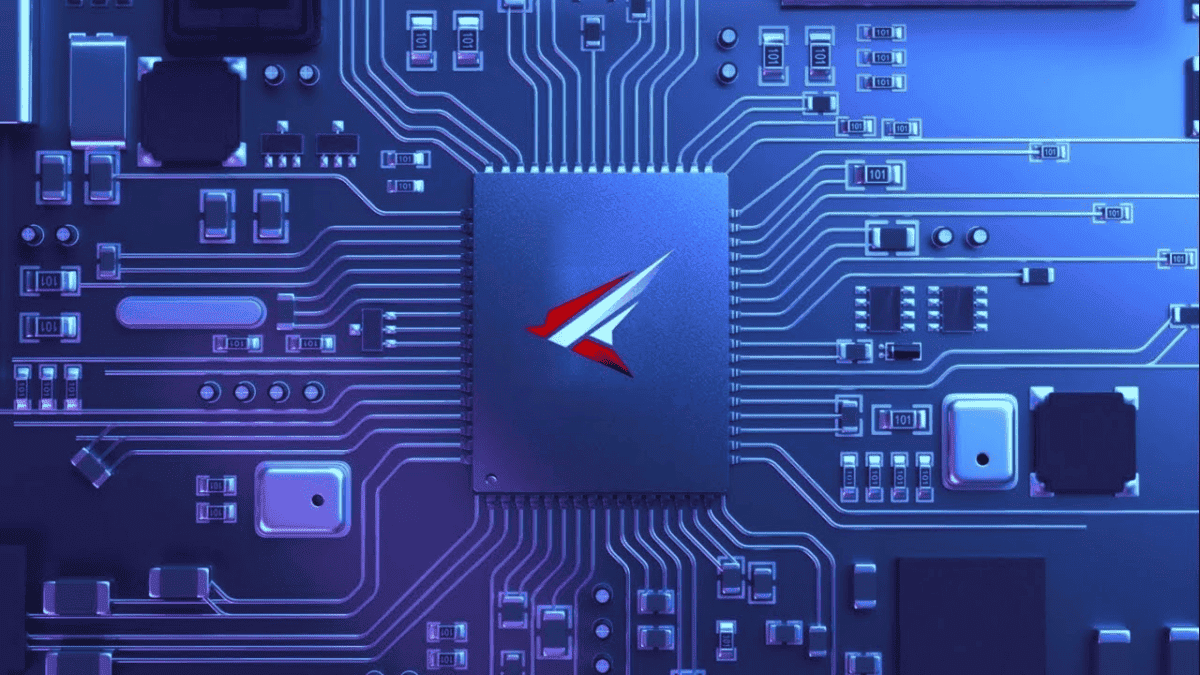According to a informant in X, Huawei Huawei is already developing its next-generation Taishan cores, which are more powerful and energy-efficient than ever before. Taishan cores are said to be used in Huawei’s next CPU architecture. They will serve as energy-efficient cores and have lower power consumption.
The tipster claims that the new Huawei Taishan cores will outperform the Cortex-A510 cores of the Kirin 9000S. So while they will be more efficient, they will bring a significant increase in performance. The upcoming Taishan V130 architecture will aim to compete with Apple’s M3 chip and will be based on the 5nm manufacturing node. If that is accurate, there will be a big improvement for the company. After all, US sanctions have put Huawei at a huge disadvantage. Despite the ban that severely limited the company’s access to technology, it managed to overcome its limitations and regain a relevant position in the market.
We don’t yet know if the cores are in advanced stages of development to be ready for Huawei’s next flagships. Details are also scarce on the new Taishan cores. For now, we take the new information with a pinch of salt, while we wait for official details directly from Huawei.
Huawei’s return to the chipset market
Interestingly, the continued development of Taishan cores further affirms Huawei’s return to the chip industry. After a pause due to US sanctions, Huawei reintroduced its Kirin chips with the Mate 60 line. The strategic move has yielded positive results. The HiSilicon division shipped over 8 million chips generating $6 billion in revenue in the first quarter of 2024. It is worth noting that the launch of Huawei Pura 70 Smartphones equipped with Kirin silicon boosted the numbers.
It is undeniable that HiSilicon chipsets are still behind those from Qualcomm, MediaTek, Samsung and Apple. These companies have access to the most cutting-edge foundries. While Apple, Qualcomm, MediaTek and Samsung are about to enter the 3nm era, Huawei is rolling out 5nm chips. Despite this technical limitation, the chipsets are decent and are enjoying a good reception in the market.
